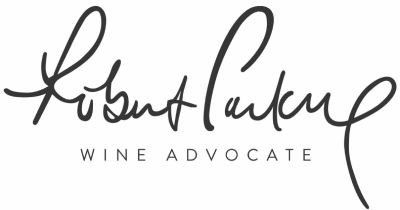Louis Roederer
History
Family-owned Louis Roederer is one of the most refined houses of Champagne. When the connoisseur and entrepreneur Louis Roederer inherited the Champagne House in 1833, he wanted to grasp and excel at every single stage of the wine-making process. He put a special focus on the quality of the soil, and bought the best vineyards in Champagne in order to personally nurture the vines. In 1876, he created the first ever Cuvée de Prestige especially for Tsar Alexander II of Russia, and named it ‘Cristal’. The Louis Roederer House remains a family-owned company until today. It is currently managed by Frédéric Rouzaud, the seventh generation of the lineage.
Technology
Continuing in the tradition and philosophy of Louis Roederer, a deep attention and knowledge of soils is the foundation of production at this Champagne House. The careful work of accomplishing perfect grape maturity relies on tailor-made viticulture, a respect for biodiversity and biodynamic cultivation. The range of soils and vineyards that covers three Champagne districts -- the Montagne de Reims, the Vallée de la Marne, and the Côte des Blancs -- allows the House to create rich and alluring wines.





